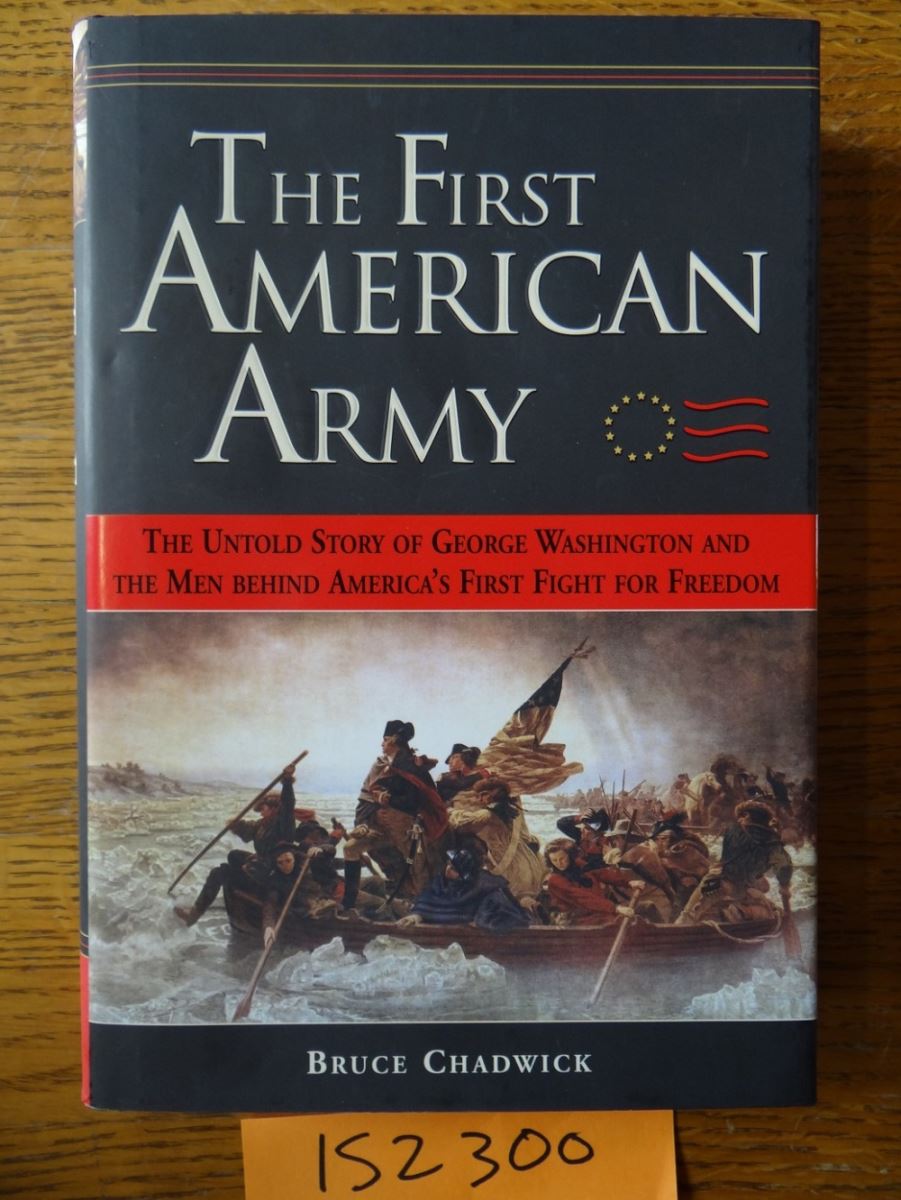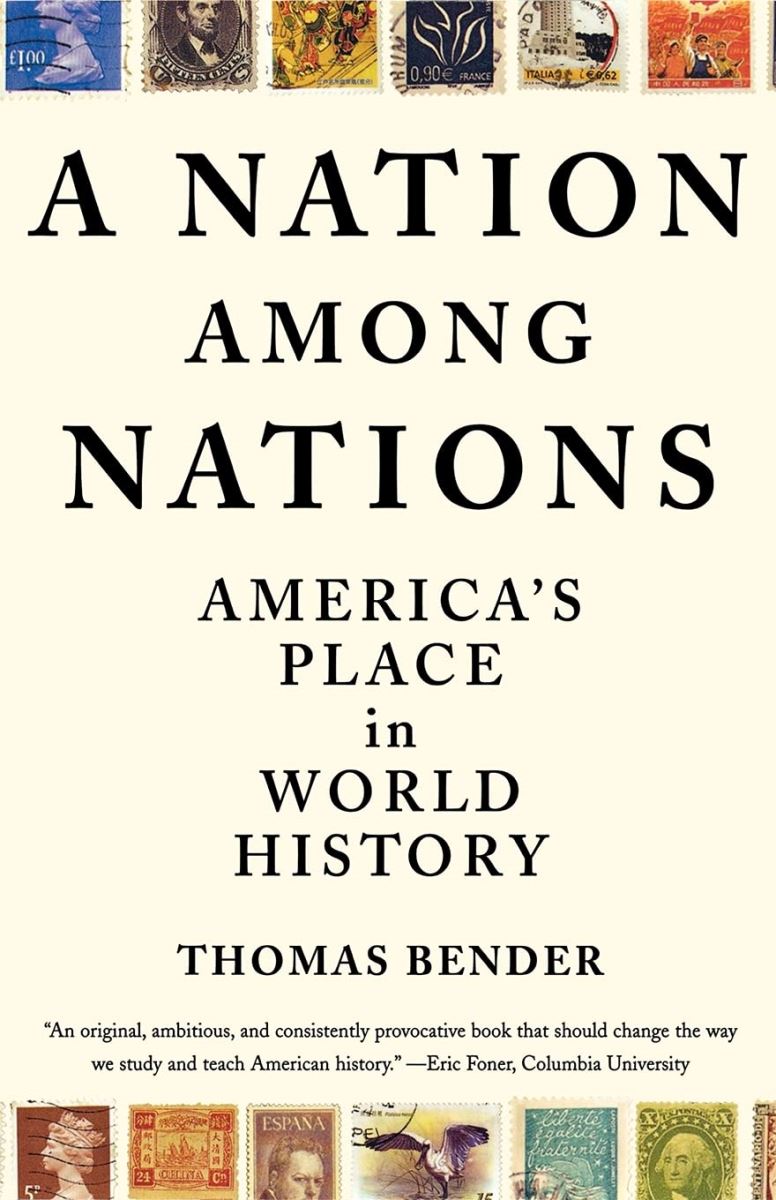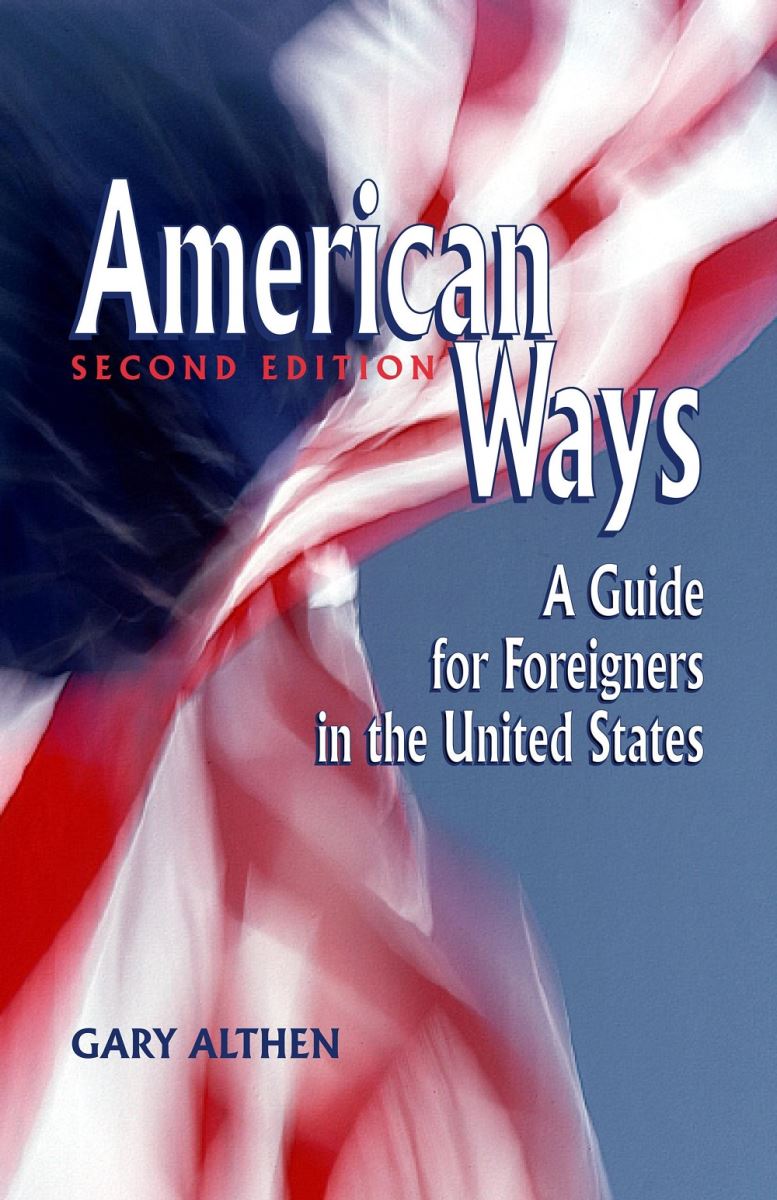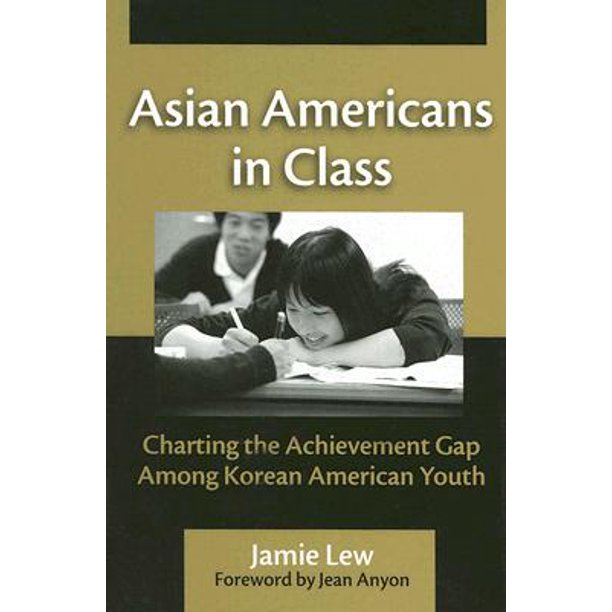1. The First American Army - Bruce Chadwick - Illustrated, October 1, 2006

The First American Army - Bruce Chadwick
This is the first book that offers a you-are-there look at the American Revolution through the eyes of the enlisted men. Through searing portraits of individual soldiers, Bruce Chadwick, author of George Washington's War, brings alive what it was like to serve then in the American army.
With interlocking stories of ordinary Americans, he evokes what it meant to face brutal winters, starvation, terrible homesickness and to go into battle against the much-vaunted British regulars and their deadly Hessian mercenaries.
The reader lives through the experiences of those terrible and heroic times when a fifteen-year-old fifer survived the Battle of Bunker Hill, when Private Josiah Atkins escaped unscathed from the bloody battles in New York and when a doctor and a minister shared the misery of the wounded and dying. These intertwining stories are drawn from their letters and never-before-quoted journals found in the libraries belonging to the camps where Washington quartered his troops during those desperate years.
2. A Nation Among Nations - Thomas Bender
 A Nation Among Nations - Thomas Bender
A Nation Among Nations - Thomas Bender
Americans like to tell their country's story as if the United States were naturally autonomous and self-sufficient, with characters, ideas, and situations unique to itself. Thomas Bender asks us to rethink this "exceptionalism" and to reconsider the conventional narrative. He proposes that America has grappled with circumstances, doctrines, new developments, and events that other nations, too, have faced, and that we can only benefit from recognizing this.
Bender's exciting argument begins with the discovery of the Americas at a time when peoples everywhere first felt the transforming effects of oceanic travel and trade. He then reconsiders our founding Revolution, occurring in an age of rebellion on many continents; the Civil War, happening when many countries were redefining their core beliefs about the nature of freedom and the meaning of nationhood; and the later imperialism that pitted the United States against Germany, Spain, France, and England. Industrialism and urbanization, laissez-faire economics, capitalism and socialism, and new technologies are other factors that Bender views in the light of global developments.
A Nation Among Nations is a passionate, persuasive book that makes clear what damage is done when we let the old view of America alone in the world falsify our history. Bender boldly challenges us to think beyond our borders.
3. American Ways – Gary Althen

American Ways – Gary Althen
Traveling to America soon? If the thought of extended exposure among Americans seems daunting, let American Ways: A Guide for Foreigners in the United States help you prepare. In this revised edition, Gary Althen has added material to provide the clearest insights yet into the American psyche and culture, including the rewritten chapter Ways of Reasoning, which provides one of the best-organized and clearest presentations of American thought processes to date, and a new chapter on race and ethnic relations that compares how foreign visitors and Americans alike perceive American subcultures. Within most chapters Althen has included a new section, Suggestions for Foreign Visitors, adding another practical dimension to the book. American Ways covers all the basic needs of the foreign student or businessperson, covering the trends and customs of day-to-day activities like driving, shopping and verbal and nonverbal communication as well as the more esoteric customs regarding cultural values, politics, education, religion and male-female relationships. As a comprehensive introduction to American culture, American Ways will prepare you for living, studying and working in America. It's that little tiny stuff that can affect how people get along....[T]here are lots and lots of different [cues] on an underlying, unspoken level.-Gary Althen Althen gives advice to foreign visitors to the U.S. that is intended to help them understand the motivations, attitudes, communication styles, and actions of Americans. Emphasizing the interpretation of observed behavior, he covers ways of reasoning and American ideas about politics, family life, education, religion, the media, social relationships, racial and ethnic diversity, male-female relationships, sports and recreation, driving, shopping, personal hygiene, and organizational and public behavior. Over-generalization is an understandable danger in such a work as this, but Althen does make an effort to emphasize that there are variations among Americans, while he concentrates on the similarities.
Part I: General Ideas About American Culture
1 American Values and Assumptions
2 The Communicative Style of Americans
3 Ways of Reasoning
4 Differences in Customs
Part II: Specific Aspects of American Life
5 Politics
6 Family Life
7 Education
8 Religion
9 The Media
10 Social Relationships
11 Racial and Ethnic Diversity
12 Male-Female Relationships
13 Sports and Recreation
14 Driving
15 Shopping
16 Personal Hygiene
17 Getting Things Done
18 Behavior in Public Places
19 Studying
20 Business
Part III: Coping With Cultural Differences
21 Some Helpful Ideas
22 Activities for Learning About American Culture
4. Asian Americans in Class – Jamie Lew

Asian Americans in Class – Jamie Lew
This book challenges the “model minority” stereotype of Asian American students as a critical step toward educating all children well. Focusing on Korean American youth in New York City schools, Jamie Lew compares high-achieving students attending an elite magnet high school with students who have dropped out of a neighborhood high school. She finds that class, race, social networks, parental strategies, and schooling resources all affect the aspirations and academic achievement of Asian American youth. This in-depth examination:
• Debunks the simplistic “culture of poverty” argument that is often used to explain the success of Asian Americans and the failure of other minorities.
• Illustrates how Asian Americans, in different social and economic contexts, negotiate ties to their families and ethnic communities, construct ethnic and racial identities, and gain access to good schooling and institutional support.
• Offers specific recommendations on how to involve first-generation immigrant parents and ethnic community members in schools to foster academic success.
• Looks at implications for developing educational policies that more fully address the needs of second-generation children.
CLICK TO SEE MORE









